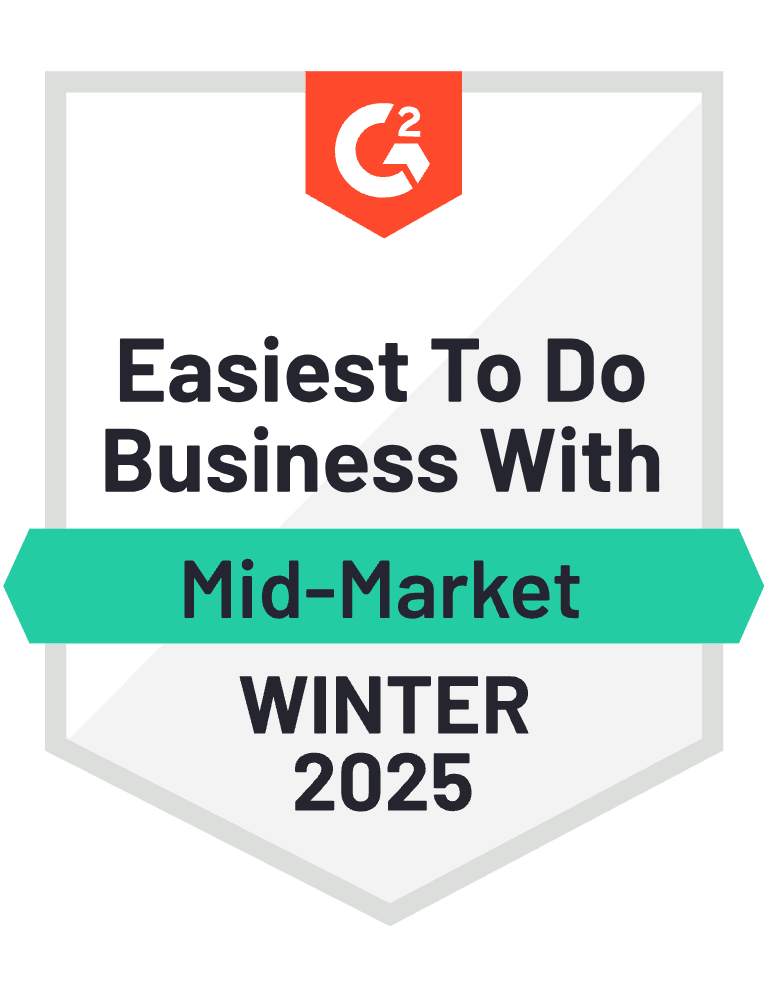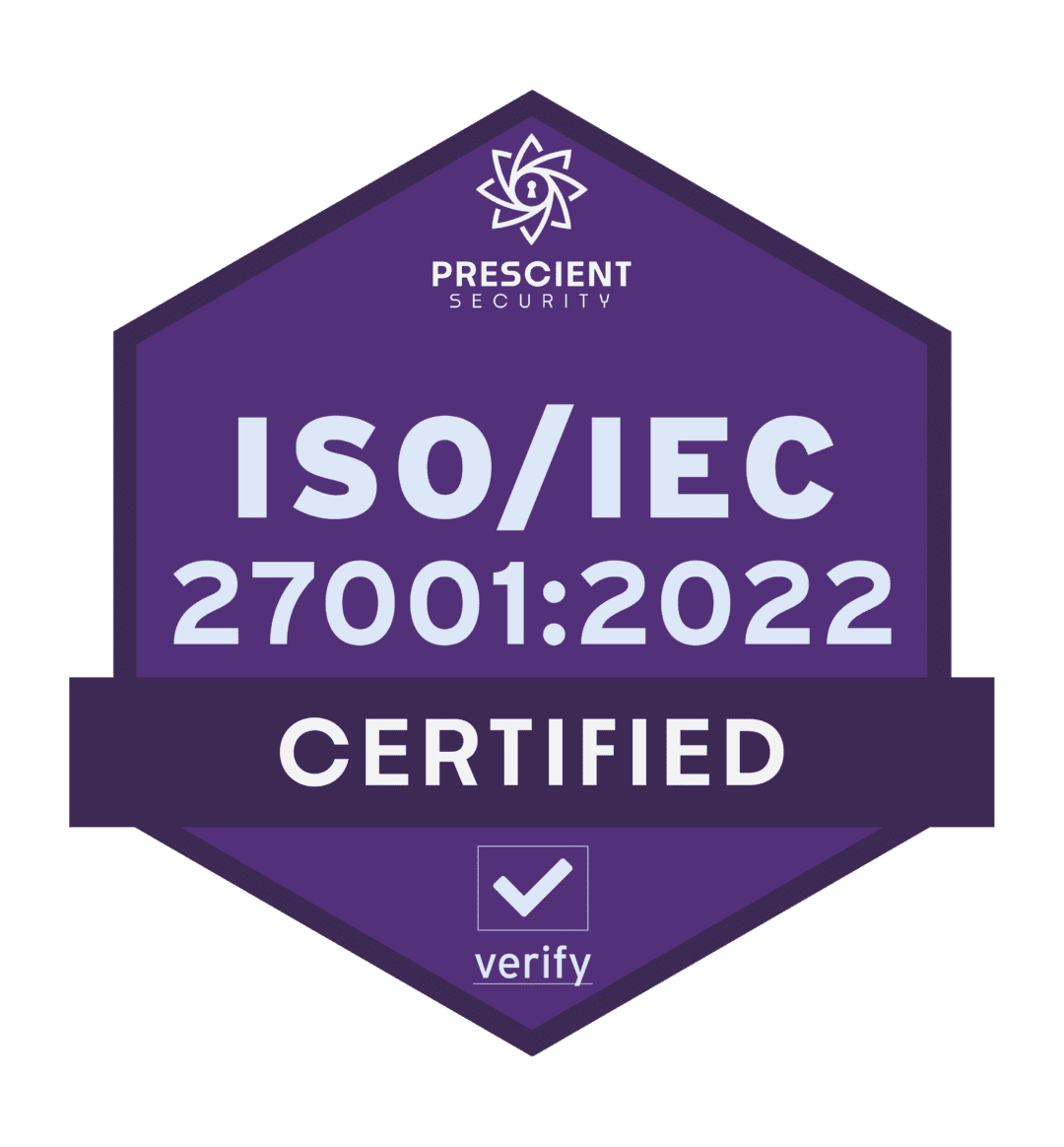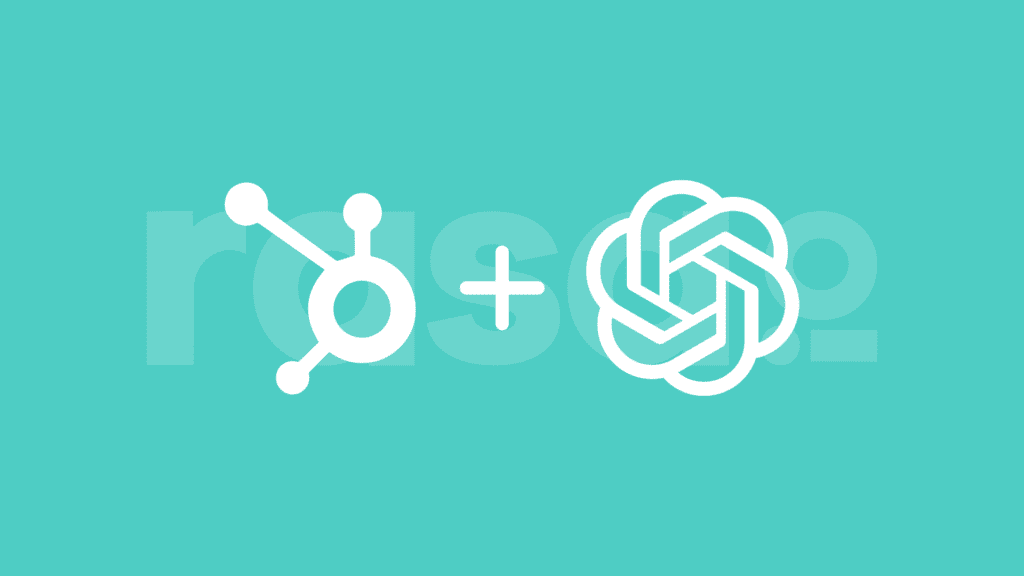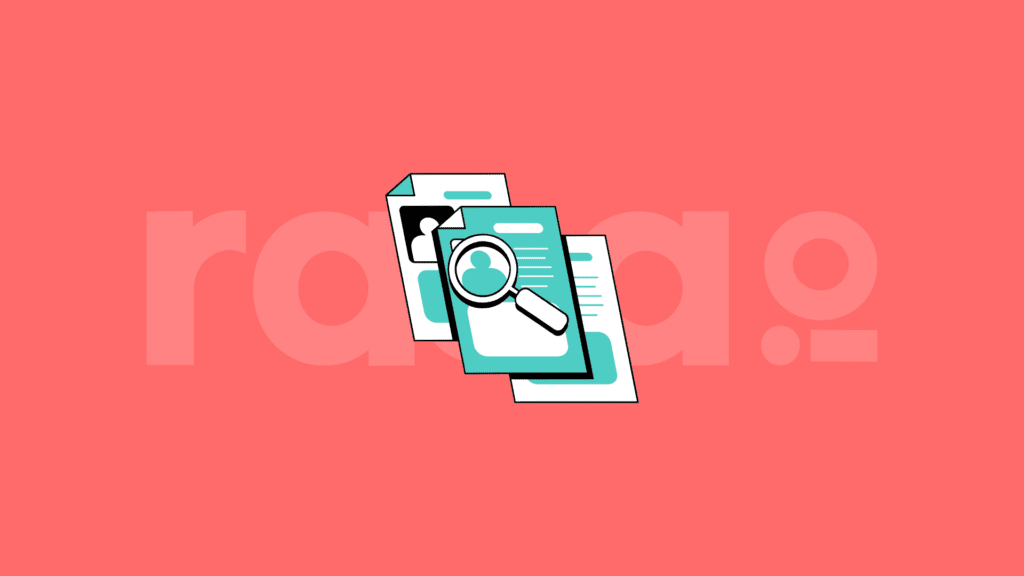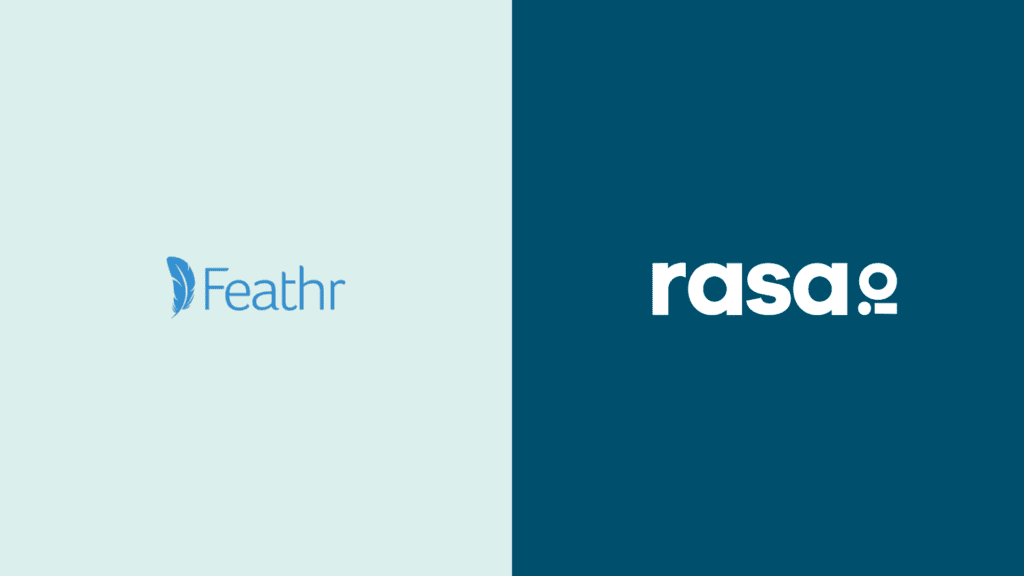Ryan Farrell
Sending out mass emails feels impersonal more often than not, yet doing them manually is not viable either. What is the solution to combatting the inherently cold nature of the marketing funnel? According to today’s guest, Ryan Farrell, it’s through providing quality content that people can always take something away from.
As the Marketing Director of the world’s number one LinkedIn marketing company, LinkedSelling, Ryan has seen how email has been used extensively to grow and sustain a multi-seven figure dollar business. In this episode, Ryan sheds light on the evolution of LinkedSelling’s email list. For them, it has always been about more than a sales opportunity; it’s also a chance to foster meaningful connections. LinkedSelling moves past the conventional sales-driven email approach, and we hear about some of the strategies that have used to implement their unconventional model. Along with this, Ryan also discusses Connect 365, LinkedSelling’s software offering, and their warm email concept — a warmer way of sending cold emails. This was a great way to wrap up season one of Pushing Send. Be sure to tune in today!
Bio:
Ryan Farrell is the Marketing Director at Linked Selling, the world’s #1 LinkedIn Marketing company who helps B2B companies capture hard-to-reach, high-value leads through LinkedIn and email. He also leads marketing for Connect365, a sales & lead gen automation tool for cold prospect outreach, warm prospect follow up, and strategic relationship building with prospects.
Key Points From This Episode:
- Hear more about why email has been such a key piece in LinkedSelling’s success.
- How LinkedSelling has maintained a sense of open-worthiness with their emails.
- What LinkedSelling does to combat the coldness of funnel marketing.
- The obstacles LinkedSelling faced with emails when they expanded their product offerings.
- Some ways LinkedSelling has been intentional about fostering subscriber relationships.
- Connect 365’s origin story and its evolution from an internal process to product offering.
- Defining ‘warm emails’, how they differ from cold ones, and how to apply this concept.
- Connect 365’s warm email playbook — Be very personal and casual.
Tweetables:
“The goal is to help people be successful. Because the more they’re successful, the more they’re going to trust us, and the more that they trust is, the more likely they are to become a client.” — @RyanFarrellStl
“I want more conversations to be happening because people want to do business with other people; they don’t really want to do business with an autoresponder.” — @RyanFarrellStl
“The playbook that we tell people to use with Connect 365 is to type an email as if you’re typing them to your friends.” — @RyanFarrellStl
Links Mentioned in Today’s Episode:
Episode Transcript
Ryan:
I would say that email has been probably the number one or like our number one revenue generator over the years. I mean, it’s all combined with something else. It’s all integrated with other strategies and tactics and different places where we get our leads from and get our new business from. But most of our conversations are facilitated through email initially. We send out a lot of emails every month. I believe it’s three to four million every month. And so it is, it’s definitely our number one channel or number one communication method for getting sales appointments for our team, getting product sales, new people on our software. It’s definitely a huge part of how we grow.
Bryan:
From rasa.io. The free tool for sending smarter and better email newsletters. This is Pushing Send, a show featuring people who send emails their subscribers actually want to read. I’m Bryan Kelly and during this final season one episode, how the marketing director at the world’s number one LinkedIn marketing company has extensively utilized email to grow and sustain a multi seven figure business. Here’s Ryan Ferrell explaining why email has been so important to the business.
Ryan:
It just gave us a channel to communicate with our prospects and our audience, customers and clients, ongoing really, whenever we wanted to. I mean, we can’t hammer them with a ton of emails, but we, it allows us to constantly reach back out, put new offers out there, new content, warm up a huge part of how LinkedSelling started was through training programs and, in content to kind of like educational marketing. And so that’s kind of our baseline of how we do it. So to do that, to really educate people on a process or a system, so A) they can go out and be successful themselves, or B) end up becoming a client or buying one of our products is, um, we need to put a lot of content in front of them. They need to understand kind of at least what we’re teaching and what we’re telling them to do and why it matters. And email has been the best, the best way for us to do that because we, again, unless they tell us to stop, unless they opt out, we can email them whenever we want. When we initially grown, I don’t know when we want to talk about kind of how we got started, but it was all done through LinkedIn and LinkedIn messaging, similar to email, right? It’s just a little bit more personal, but we couldn’t just, we couldn’t reach out to the volume of people whenever we wanted to, because it was kind of individual messages. And so if we’re going to grow a product and at the time, the reason we started at the beginning, we started growing an email list was solely to sell a training program, you know, to get people in our webinars, to get people, to download our content, and then eventually joined our training programs. And then from there kind of elevate them to a client as they have success. And they want somebody to take on that work for them. So email really that’s it, it was, it was being able to consistently communicate with our prospects in a way that, you know, they’ve shown that they’re interested in, because if they’re not interested, they can certainly just unsubscribe.
Bryan:
You guys send a lot of emails. So how do you approach the process of keeping those messages open-worthy for readers?
Ryan:
Yeah, I mean, I feel pretty strongly about this one too. I mean, in email, we use it as a selling tool, but to kind of warrant their attention to warrant their, I guess, continued attention over time. We constantly have to put together new content and really quality content for them to go through. I mean, if they’re just going to open it up every time and we’re like, buy this, buy that, or jump on a call, jump on a call and talk to our sales team, talk to our sales team. They’re eventually going to tune out and they’re gonna hate it. Now. There certainly is some of that, but a lot of it is constantly coming up with different online trainings, different pieces of content, sharing out things that are new and unique. We have a lot that we promote throughout the year. We’ll put together. I can’t think of the, I don’t have an exact number, but a lot of different guides, a lot of different workbooks trends, reports, and probably four or five unique webinars a year, if not more that we’ll share out and kind of just really to, I mean, the goal was to help people be successful because the more they’re successful, they’re more they’re going to trust us. And the more that they trust us, the more likely they are to become a client. And, you know, that’s a big part of our, our messaging is that a lot of online marketing, especially email marketing the way it currently is brand with the big box email tool. So we, you know, like they’re like Infusionsoft or HubSpot or aWeber, MailChimp, constant contact, whatever it’s become so, so damn impersonal and so cold because it can be very, like, you’re just kind of another number. You know, if you sent an email out to 40,000 people, how do you make it something that feels like it was sent directly to them when what we’ve done to combat that is it’s not necessarily trying to pretend that this is a personal thing coming from a one off email from myself or Josh Turner or Ben Niffin or whoever instead just earn their trust through giving quality content and something that they can take something from, regardless if they’re going to be a client, because most people don’t stay at the same if they’re just getting started out and they can’t really, it doesn’t make sense for them to come a client, you know, who knows what they’re going to be in in a year if, especially if you’re helping them by giving them tools to use and resources to use, to help grow. So to kind of combat the coldness of like funnel marketing, where everyone is just getting herded around like sheep is, is to just make sure that you’re honoring your side of the commitment and putting together something that they’re interested in, that if they do open an ebook or a guide where they show up to a webinar and it doesn’t feel like a waste of their time, cause that’s just going to erode the trust in you. And therefore they’re just going to kind of either complain or they’re going to go away.
Bryan:
Now. I know you’ve been on the link selling team since the early days when Josh Turner started it all. So what were some of the struggles you encountered related to email? Like I’m sure it didn’t just magically click. Did it take some trial and error or experimentation to see what resonated with subscribers?
Ryan:
Yeah, I mean, it’s in terms of like people I can email and it being effective from the get go kind of was. So when I started, we were doing some email marketing, but at that time it was literally Josh Turner sitting in a, you know, an office when we started, it was just a small office. There were four of us, one in each corner. It was probably a 10 by 10 room that we were in and he would just write an email and send it out, whatever he thought about it, wasn’t quite as structured as it is now. And the emails I learned how to write emails from him and then, uh, to everyone else who’s doing well. And they’ve worked pretty much from the get go where we started to went to a little bit of hiccup. Cause he know marketing was when we started creating other products or software products and started promoting joint venture partners in return for them promoting us and having to balance all of these different topics at one time and try to send them to the entire email list at once as it got larger, our results kind of waned, because not everyone is in the same level. Somebody that’s running a, a $50 million, IT company has different problems and different needs and different goals than somebody who’s running a two person business coaching company and just kind of getting started or so to talk about what we needed to do, what we’re currently doing. Again, it’s not like we’ve solved the puzzle. It’s something that we’re working towards every day. I literally, right before I got on this call is talking with someone on my team about this exact thing is figuring out the right way of segmenting your audiences and getting the right offers in front of the right people. And that’s where we started seeing better results like a there, and then B not worrying about emailing people that are not engaging with your emails, because it’s one thing. If someone unsubscribes you can’t email them, most tools, won’t allow you to email them morally. You shouldn’t email them anyway. But if somebody hasn’t opened an email in four months, just get them out of there because it’s going to hurt your results over time. It doesn’t feel good seeing your numbers go down in terms of your list, but if they’re not opening your emails anyway, what’s the point you’re just sending you. You know, you’re just like talking into an empty room.
Bryan:
When we come back, Ryan shares how his team was able to facilitate deeper subscriber relationships through email. Plus he discusses the difference between sending a cold email versus a warm email, I’m Bryan Kelly, and you’re listening to Pushing Send from rasa.io.
rasa.io:
Creating email newsletters takes a lot of time. You might curate articles, write content, tweak your template, and look up metrics. And not to mention you’re probably doing all of this once a week. Well rasa.io, we said enough and built a free tool to simplify the process, which saves you time. It also uses AI to personalize emails for each subscriber based on their interests. That means they get stuff they like to read. Want to see how it works? Visit www.rasa.io and click how it works.
Bryan:
Welcome back to Pushing Send, I’m Bryan Kelly. Ryan Ferrell has led marketing at LinkedSelling for several years. And his efforts have helped the company rank pretty high on the inc 500 list of fastest growing companies. Here’s Ryan sharing some of the ways he and his team have tried to foster subscriber relationships rather than only selling their products and services. You mentioned intentionally thinking through how to make your emails more of a conversation. So what are some of those things? What does that look like?
Ryan:
Yeah, so what we do currently is, um, we do a lot of followup emails after somebody signs up for something, or we kind of our longer nurture sequences to get people to eventually raise their hand and say, they’re interested what we started to do. Uh, I don’t know. It was probably eight months ago was add in emails that are not going to necessarily get us results immediately. Instead of like click here to do something or click here to schedule a time to speak just as legitimately, just ask them to reply. And it could be to ask them to reply to a question, ask them to reply to really anything, something, even as simple as, Hey, we’re opening up registration for a new workshop. We’re doing, it’s going to be opening up tomorrow. If you’re interested in doing that to make sure you get it, I just hit reply and let us know. And so we’ll have a lot of thousands of people reach back out and say, I’m interested, I’m interested. This sounds cool, whatever. And then our team they’re instructed to respond to all of them and it could be anything from like, okay, great. Talk to you tomorrow. It’s something simple. Or if there’s more there, but what ends up happening from that is we get, when we’ve replied back to them and says like, that’s awesome. We’ll, you know, in the morning when it’s live, that kind of thing, it starts with an actual conversation before it, that’s not transactional base to begin with. It’s just kind of the reply with some information about them or wanting to know more about something because that person reached back. And because there’s been a back and forth, it’s not us just like blasting emails at them all the time, which I know it can feel that way when you’re getting emails from all over the place, having a real person reach back out and say something nice, or just acknowledge that you exist, facilitates and gets conversations going. And it might allow them to ask questions that they wanted to know, but they just didn’t even want to deal with reaching out and asking just something that was in the back of their head. It could be really anything. Um, and they could tell us more about themselves, but a lot of it is just getting them with someone in front of them. So they know that they could, somebody is listening if they were applying and they’ll get a response back in a timely manner. And so I think that has been a big win for us. And when I say I don’t want to do more of like building relationships through email and doing more conversational kind of selling is that I want more conversations happening because people want to do business with other people. They don’t really want to do business with an autoresponder. If that makes sense.
Bryan:
Let’s discuss the Connect 365 software LinkedSelling launched a couple of years ago. What’s the origin story behind that software tool? It sounds like it was an initial, like internal process that turned into a product that, you now market and sell.
Ryan:
Yeah, absolutly. So our agency, just to back up, what we do is we help people build relationships with their like harder to reach kind of high value prospects on LinkedIn through kind of a bunch of processes. I’m not going to go through the whole thing, but like reaching out to them in a really casual way, sharing content, kind of being a resource instead of a solicitor. What we found out is that like, while we love LinkedIn, not everyone’s on there every day. So if you’re sending people messages and trying to build relationships on LinkedIn only you’re missing out on people because a lot of people do view it as like a resume site. You know, they just put it on there and they get a new job. They might look at it every so often. So what we started doing for our clients that we do the work for is at the end, we would take all of the people that we were trying to build relationships with that were not, that were unresponsive. And we would send them an email, started off doing it manually by tracking everything on spreadsheets. Then we found out some processes that we can do it through Google, like something like mail merge. We can send out a bunch of emails at a time and they come through as like personal emails. And we found that we were getting like 33% more. I believe it’s 33. If we have it in some of our content out there. So if you hear this and it’s wrong, I’m sorry, but I believe it’s 33% something around there, better results for our clients, more sales opportunities. And so we’re like, well, that’s pretty amazing because it wasn’t a crazy amount more work, but it still took some time. And so we decided to do is if we’re going to make this part of our core offer, like what we do for our prospects, like, Hey, we should do it more internally than we’re currently doing. Cause we were doing it some internally be like, we should do this for all of our clients. The problem that we’re having is to do that and to manage it all through these spreadsheets and different things to send out these like personal emails. So not where it’s got unsubscribe buttons. It’s the exact same thing as typing out in personal email to do that took forever. It took a lot of time and it kind of was hurting the growth of our business because we were having to hire more people than we needed to have, and it was hurting the profitability of the business. And so we started to work on a solution and it started off actually, cause we wanted to like build an email tool that does the same thing. And so what Connect 365 was able to do for us is our followup emails that we would send to people that weren’t responsive in our LinkedIn campaigns.
Ryan:
We could just plug them in and have an automated sequence, just like any other big autoresponder, but since it’s done differently and it’s integrated differently, like it’s all compliant with Gmail and outlook, but it’s exactly like you manually type them out, but you could send them in bulk up to 1500 emails a day. So there’s no unsubscribe button there’s rarely, pretty much never are you getting put into like the, uh, like a spam folder or the promotions tab. When initially put together and it was kind of bare bones. We were seeing that it was saving us a ton of time and that it was awesome. We were seeing, uh, continuing to see open rates from anywhere from 50% to 90% for campaigns that we’re running. And again, this isn’t like a hundred thousand people. This is to really high value prospects, um, that we were sending it to. As we, we added more features to it and kind of made it prettier to use. Cause it was super ugly at first, we made the decision that, Oh, a lot more people could use this than just us. So that’s kind of where it was born.
Bryan:
There’s a concept related to Connect 365 that you all described as warm email, which is different than cold email. Can you give me a specific definition and like exactly what that means or even more interestingly, how can somebody apply the concept with using this type of tool?
Ryan:
Yeah. And so will one email Because of the way the Connect 365 works. If you’re allowed to send out cold emails like emails to cold prospects, people you don’t know, but like that’s such a negative term. People don’t like that. Even if you’re sending out an outreach email to somebody, the term cold email sounds very intrusive because a lot of people are doing it the wrong way. So a warm email is tactical. I mean, as simple as it sounds, it’s a warmer way of doing email then like A) just cold emailing people, a sales pitch over and over again, until you finally get someone to wear down and say, okay, let’s talk and B) a warmer way of reaching out to priority prospects than your average kind of autoresponder does because the email comes through looking very personal, the systems that we teach and kind of the training that comes with the software and a bunch of templates that we’ve seen to work. So it’s just a warmer way of interacting with your prospects, with your current clients, with joint venture partners, with people in the media, if you want to get featured on podcasts or get podcast guests or to build relationships with those people and kind of a different way and a little bit a warmer way. And so like you can technically do cold email with it, but with the philosophy that we kind of put in there, it’s like a warmer way of doing it. So that’s kind of, that’s where we landed on with warm email is just a better way of communicating.
Bryan:
What does the playbook look like for sending warm email?
Ryan:
The playbook That we tell people to use with Connect 365 is to typing email as if you’re typing a note to your friends and write emails like you’re typing to your friends, we all do. And we do too. So this is again, no judgment sound, but through your big emails, you’ll get emailed a mile long. They’re formatted in a certain way. There’s a lot of bolded sentences. There’s a lot of italics in certain words to emphasize what it means. There’s a whole lot going on in the emails. That works for big emails, where, you know, where it’s kind of known, this is a broadcast like this is going out to a lot of people. If you’re reaching out to somebody like to follow up from a sales appointment, or if you met somebody at a networking event and you want to make sure you continue that relationship, if you send them this mile long email with bullet points and a million things like it’s going to come off slimy now. So the playbook that we teach is to be very, very personal and casual with the way you’re talking about it. And again, very much like you’d send somebody a personal email that you work with or a friend to follow up with something and not try to, I don’t know, go for the kill on the first shot. It’s all about positioning yourself as one of the good guys from the good gals, somebody who’s a sincere resource and is a normal person really showing the human side of you. Like, you know, some of that, we talk about it as like getting back to the handshake, you know, getting back to a time where you’re not just like boasting and bragging about yourself, you’re just a human talking to another human. And that’s kind of the philosophy that we talk about. So short emails, usually five sentences or less talking about one thing, not bullet pointing off a million different things at one time being very clear to the point, not trying to be overly cute. Legitimately, just trying to reach out to somebody about something in a very human way. You know, we have playbooks, we have like the Connect 365 comes with dozens of templates. It’s like preloaded into everyone’s account that you can just kind of like click a button and it drops the whole sequence in there that you can automate. So you can send out an email two days later, send this. If they reply, pull them out, all that stuff’s prebuilt. We have a lot of that in there, but as you’ll see, like the emails, it’s not like something a copywriter is going to look at and think like, Oh, this is the most incredible thing in the world because it’s not overly creative, it’s just real.
Bryan:
Ryan’s story is a great final note to season one of the Pushing Send podcast. We’ve explored a number of interesting ways various entrepreneurs, executives, marketers, and content creators, all use email and why it’s so important to their businesses. Coming up on season two, we’ll continue to hear from interesting brands, consultants, journalists, and more about the unique approach. They each take with email, the communication channel that will be with us for a long, long time. No matter what flavor of social media platform comes along. If you’re listening to Pushing Send for the first time, be sure to subscribe at Apple podcasts or wherever you’re listening. So you don’t miss an episode. And if you’ve enjoyed what you’ve heard, I’d encourage you to check out a few other episodes while you’re here. Lastly, leaving a review will help us share these stories with others, just like you. Thanks in advance for doing that. I’m Bryan Kelly, and you’ve been listening to Pushing Send from rasa.io.






